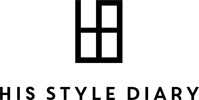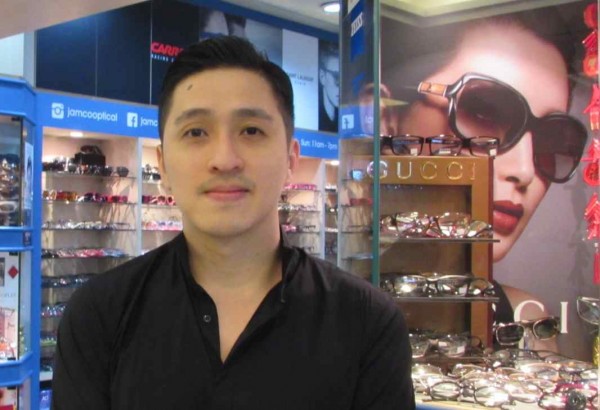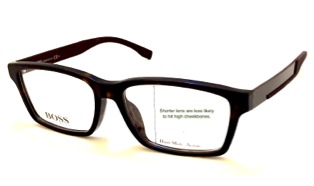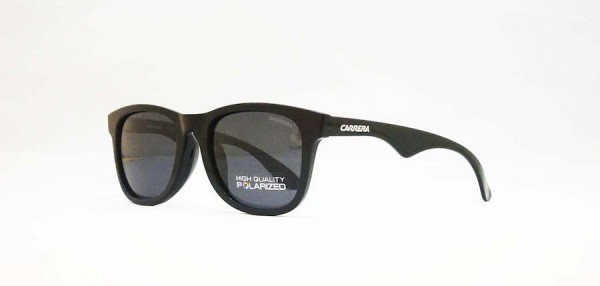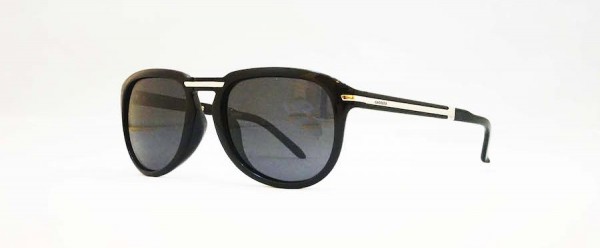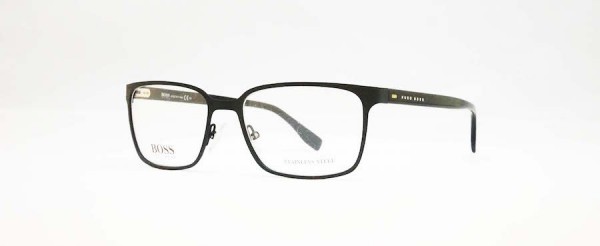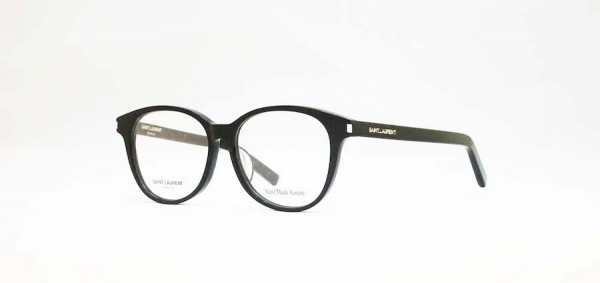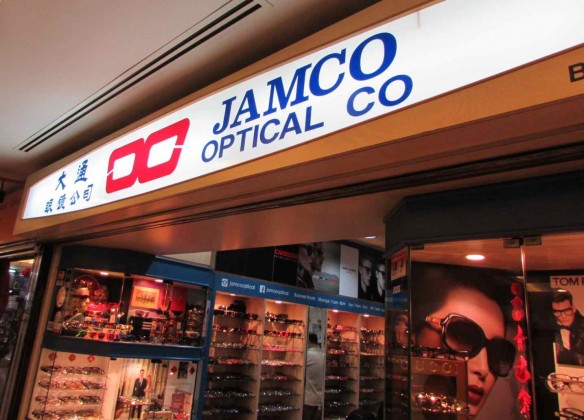When you’re buying a shirt, you know to check the fit of the shoulders, the collar, and the waist. For a pair of jeans, it’s the fit of the pant legs, the length, and how it sits on your hips. But when you’re picking a new pair of spectacles or sunglasses, do you know what to look out for?
While the same pair of shirt or jeans may fit people of different racial backgrounds, the same can’t always be said for eyewear. Similarly, a pro-mountain climber may need very different lenses and eyewear materials from someone who works in the office all day.
To help answer these questions, we got Bryan Chin from Jamco Optical in Singapore to give us his expert advice.
But before we elaborate further…what are those things that sit on your nose called? Here are some useful technical terms to know:
 (Image: Boss Eyewear Model 0660/J OIX)
(Image: Boss Eyewear Model 0660/J OIX)
Now that we’ve established what’s what, here are three areas to look out for on your next hunt for better glasses – the fit, the lens, and the materials.
1. THE FIT
Here comes the cruel truth: most Asians don’t have sharp noses. This makes the majority of eyeglasses – made in Europe and targeted at the Caucasian market – sit awkwardly low and close to the eyes. Those in warmer climates with oily skin get it worst; their specs tend to slip down constantly because of nose pads that don’t provide enough support.
“For a better fit, look out for a narrower nose bridge and extended nose pads. They will help the eyewear sit higher on the nose and stay in place,” says Bryan. Of course, if you’re not Asian but face the same difficulty, this should fix it too.
(Image: Saint Laurent Black Rimmed Acetate Eyewear, Model SL14/J 807)
Furthermore, Asians have cheeks that are higher on the face and thus closer to the eyes. This means poorly-fitted eyewear often comes in contact with the cheeks – made worse when they rise in a smile. If you encounter this problem, you’ll need a pair of glasses with a less pronounced curvature in the front. Bryan also adds that getting shorter lens will make contact less likely too. Since Asian faces are wider, frames have to be wider to prevent the temples from flaring out at the ears or squeezing the face, which can cause strain and headaches.
 (Image: Carrera Sunglasses, Model 23/F/S 2VUJJ with a wider curvature fits people with a wider face and high cheekbone)
(Image: Carrera Sunglasses, Model 23/F/S 2VUJJ with a wider curvature fits people with a wider face and high cheekbone)
(Image: Boss Black Acetate Frames, Model 0657/F HXF featuring a shorter lens is a good choice for people with high cheekbone)
2. THE LENS
With the technicalities of the frame squared away, we can focus now on the lens. Blind as a bat but don’t want to wear contacts? Look out for frames with Rx-Ability, which basically means they are compatible with prescription lenses. Some sunglasses also have Rx-Ability, so if you’re often in the sun, invest in prescription sunglasses. Some tips from Bryan: “Lenses with a prescription greater than -4.00D are rather thick and heavy. If you need those, avoid getting big sunglasses. -Opting for high-index lenses will also help shave some weight off.”
If you are indeed an outdoorsy guy, polarized lenses are the way to go. These are also a must for those who suffer from astigmatism or headaches brought on by bright light. Available for regular eyeglasses and sunglasses, these goodies absorb pesky reflections and light flares, giving you a clearer view of what’s ahead. Bryan highly recommends these for drivers and golfers. We say guys who hang out on the beach can put them to good use too.
(Image: Carrera Sunglasses, Model 6000FS 8D9TD comes with polarized lens)
(Image: Carrera Foldable Sunglasses Model 3/F/S D28RA comes with polarized lens and RX-Ability)
3. THE MATERIALS
One word dominates the selection of materials amongst eyewear companies nowadays: lightweight. With the advancement of technology, glasses are being made from all sorts of materials, which can be roughly divided into metals and plastics. Familiar metals include titanium, prized for its weightlessness; stainless steel, for its namesake quality; and aluminum for its malleability and matte finish.
(Image: Boss Titanium Frame, Model 0639 10G is extremely lightweight and durable)
Common plastics include propionate and polyamides responsible for colorful translucent frames, and the more “classic” looking acetate that the industry refers to as tortoise-shell. There are also high-tech plastics such as Safilo Eyewear’s trademarked Optyl, developed by aerospace and computer industries to be light as a feather and hypoallergenic, and – wait for it – it also has memory. It adapts to the shape of the face but if it was deformed by extreme heat it bounces right back to its original shape when cooled.
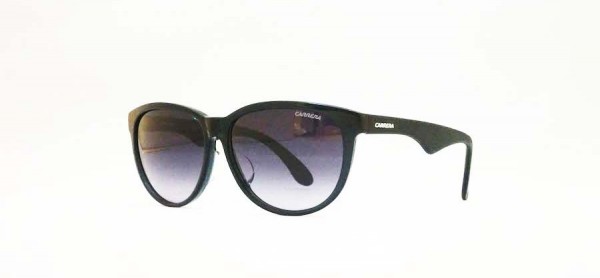 (Image: Carrera Acetate Sunglasses, Model 6004 F/S BFBHD s extremely lightweight and durable)
(Image: Carrera Acetate Sunglasses, Model 6004 F/S BFBHD s extremely lightweight and durable)
(Image: Saint Laurent Black Rimmed Frame, Model Classic 15/J 807 is made of with the trademarked Optyl material)
Remember, eyewear is the only accessory you wear on your face. Especially if you’re going to own just one pair of specs, you want to make it a good pair that lasts. It may take up to 14 days to get tinted lenses in Singapore, since most labs send them overseas to be made. But good lenses will be worth the wait. Don’t let a poor fit ruin your look – or your well-being. A well-fitted pair of glasses with the right lenses may well be the difference between a headache and a day out enjoying the view. Or the attention you get on the street.
Where to get some glasses that finally fit your face?
Check out the featured styles and more at Jamco Optical, and get 30% off eyewear when you mention His Style Diary.
Jamco Optical is located at B1-15 Katong Shopping Centre, Singapore 437844.
For questions, call 63459519. (Jamco Optical will be closed during Chinese New Year from 19-25th Feb 2015.)
WIN A PAIR OF CARRERA OPTICAL FRAME! Find out here.

